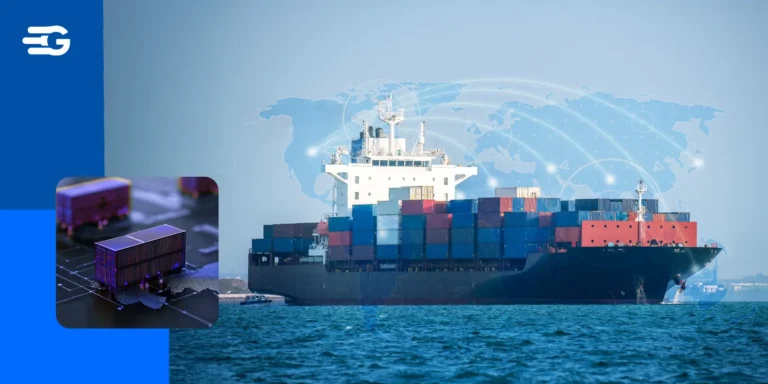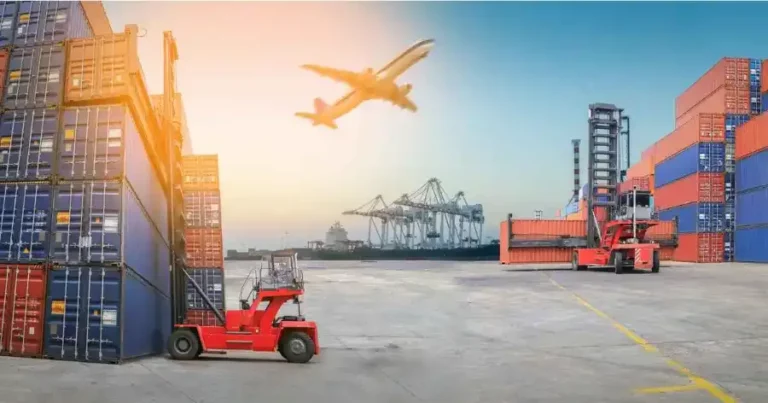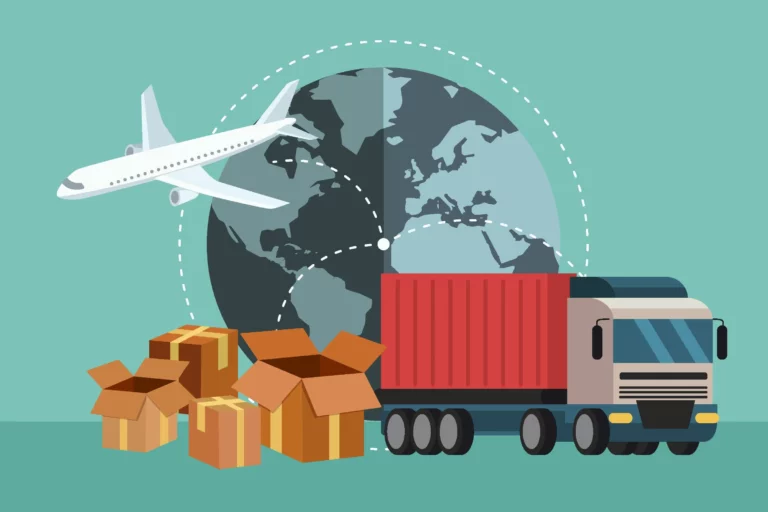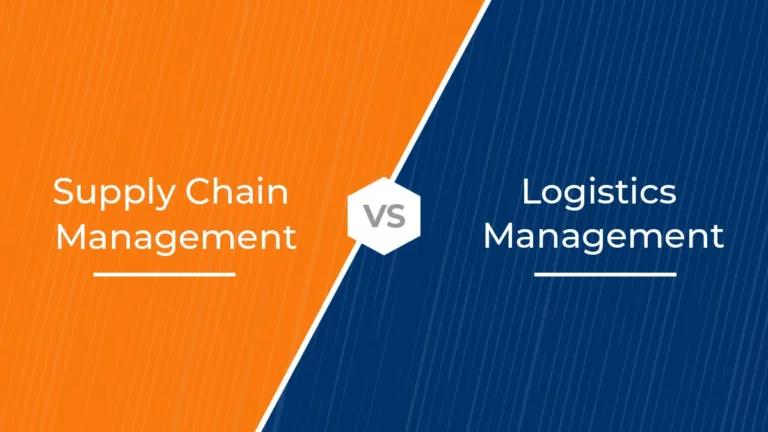A Complete guide to avoid D&D charges due to port congestion with complete visibility
In this guide, we will define detention and demurrage, explore the current state of these charges, and provide actionable steps that supply chain managers can take to avoid them due to port congestion by ensuring complete visibility.
Understanding Detention and Demurrage:
Detention charges apply when containers are held at a terminal or depot beyond the allowed free time. This occurs when cargo is not collected or returned within the stipulated period, leading to additional costs. Understanding Detention Charges in Shipping helps businesses manage timelines efficiently and avoid unnecessary fees.
Demurrage charges occur when containers are kept beyond the agreed-upon time limit for loading or unloading at the port. For a detailed breakdown of demurrage fees, how they work, and strategies to minimize them, check out our comprehensive demurrage guide.
The Current State of Detention and Demurrage Charges and Port Congestion:
Port congestion has been on the rise globally, leading to an increase in detention and demurrage charges. The congestion can be attributed to various factors, including labor shortages, capacity constraints, infrastructure limitations, regulatory changes, and increased trade volumes. These charges can significantly impact supply chain costs and disrupt delivery schedules.
Let us know your POL & POD and fetch the current week congestion data report for the ports
Steps to Avoid Detention and Demurrage Charges:
a. Real-Time Visibility: Invest in supply chain visibility solutions that offer real-time tracking and monitoring of shipments. These solutions provide accurate and up-to-date information on container locations, transit times, and potential delays, allowing proactive decision-making to avoid congestion-related charges.
b. Congestion Delay Data: Access reliable sources of congestion delay data. Stay informed about port congestion levels, peak hours, and potential bottlenecks. This information helps in adjusting shipment schedules, optimizing routes, and selecting less congested ports or alternate transportation modes.
c. Carrier Data: Collaborate closely with shipping lines and carriers to obtain accurate and timely information on vessel schedules, capacity, and potential delays. Establish clear communication channels to stay updated on any changes that could affect the movement of cargo and plan accordingly.
d. Optimize Routing and Mode Selection: Evaluate different transportation modes, such as rail or intermodal options, to bypass congested ports. Utilize carrier data and real-time visibility tools to identify alternative routes or nearby ports with better infrastructure and less congestion.
Conclusion:
Detention and demurrage charges can significantly impact the efficiency and cost-effectiveness of supply chains. By ensuring real-time visibility, leveraging congestion delay data and carrier information, optimizing routing and mode selection, and collaborating with service providers, supply chain managers can navigate port congestion more effectively. By implementing efficient container management practices and staying updated on regulatory changes, businesses can reduce the risk of detention and demurrage charges, ensuring smooth operations and timely deliveries in the face of port congestion.





